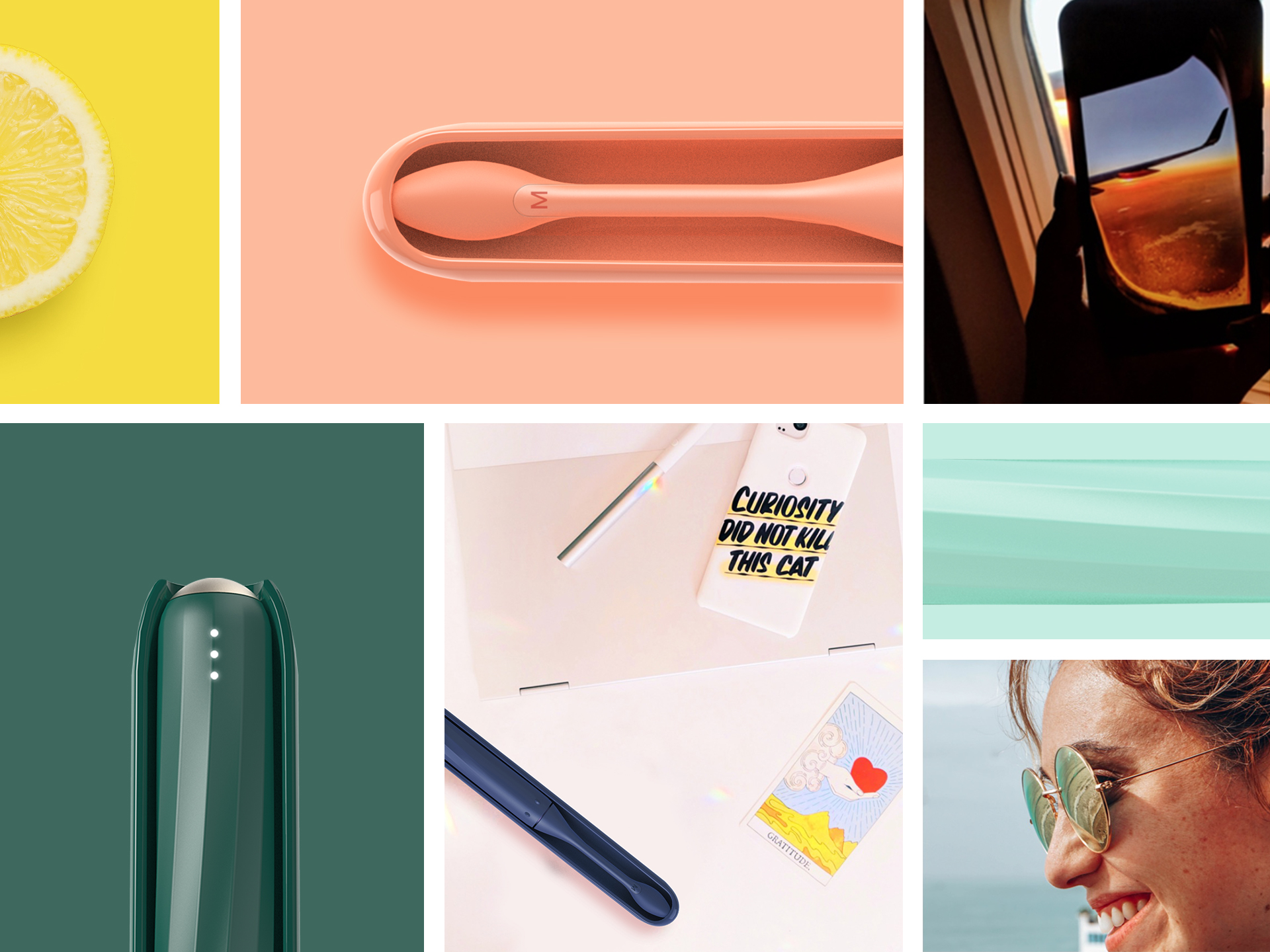We often think of CMF (Color, Materials, and Finish) design as paint chips, material samples, and texture studies that live on the whiteboards of war rooms. But what if CMF design began in the boardroom, with marketing and brand heads present? The prevalence of social media and user-generated content continues to give brands power, so working together between marketers and designers is more important than ever.
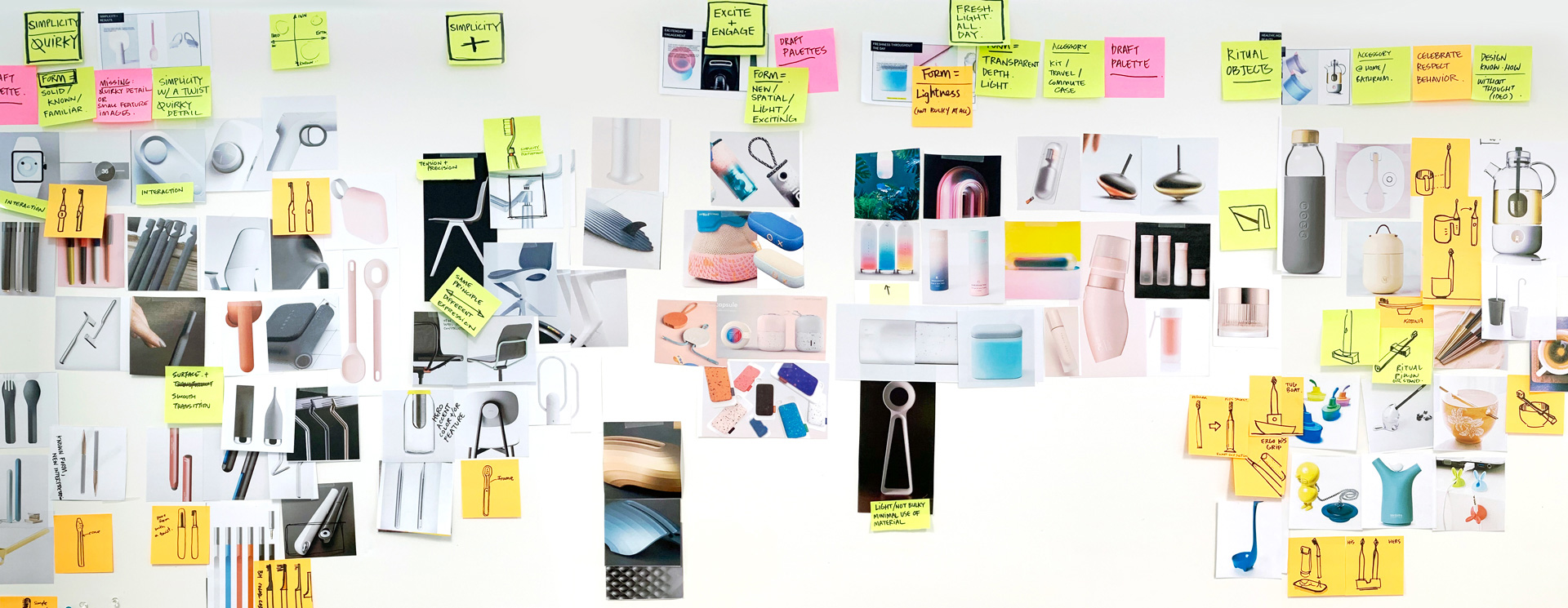
Three main ingredients influence how we perceive a product: color, material, and finish (CMF). CMF design allows brands to connect with users in their world through the way things look and feel. To design something that resonates with your audience, you need to know how your audience perceives your product.
As a result, the synergy between CMF design and branding can create a powerful marketing strategy because it allows a brand to transcend aesthetics; it creates an opportunity to tell a brand story through visuals and touchpoints that speak directly to target users through common marketing channels, including social media and advertising. A consumer product marketing strategy's ability to engage audiences on social media is critical, and colors, materials, and finishes can significantly increase engagement. With the right execution your audience will feel like they're interacting with your brand emotionally, even through social media posts, with all these elements coming together to create a cohesive experience.
What other ways does CMF design support marketing?
- Create a distinct identity: CMF design can be used alone on a 'per product' basis or as part of a larger brand portfolio strategy to create a distinct identity for a business — such as curated collections or a range hierarchy (entry-level to premium).
- Establish brand narrative: Unlike traditional storytelling methods, CMF design can create powerful brand narratives. By spreading organically through marketing channels like user-generated social media posts, they can instantly convey a brand personality and engage potential audiences without explanation.
- Quickly build trust: It can quickly convey a brand story and build trust with potential customers — such as brand heritage or values — thus empowering potential customers instantly with valuable product quality information before making a purchase.
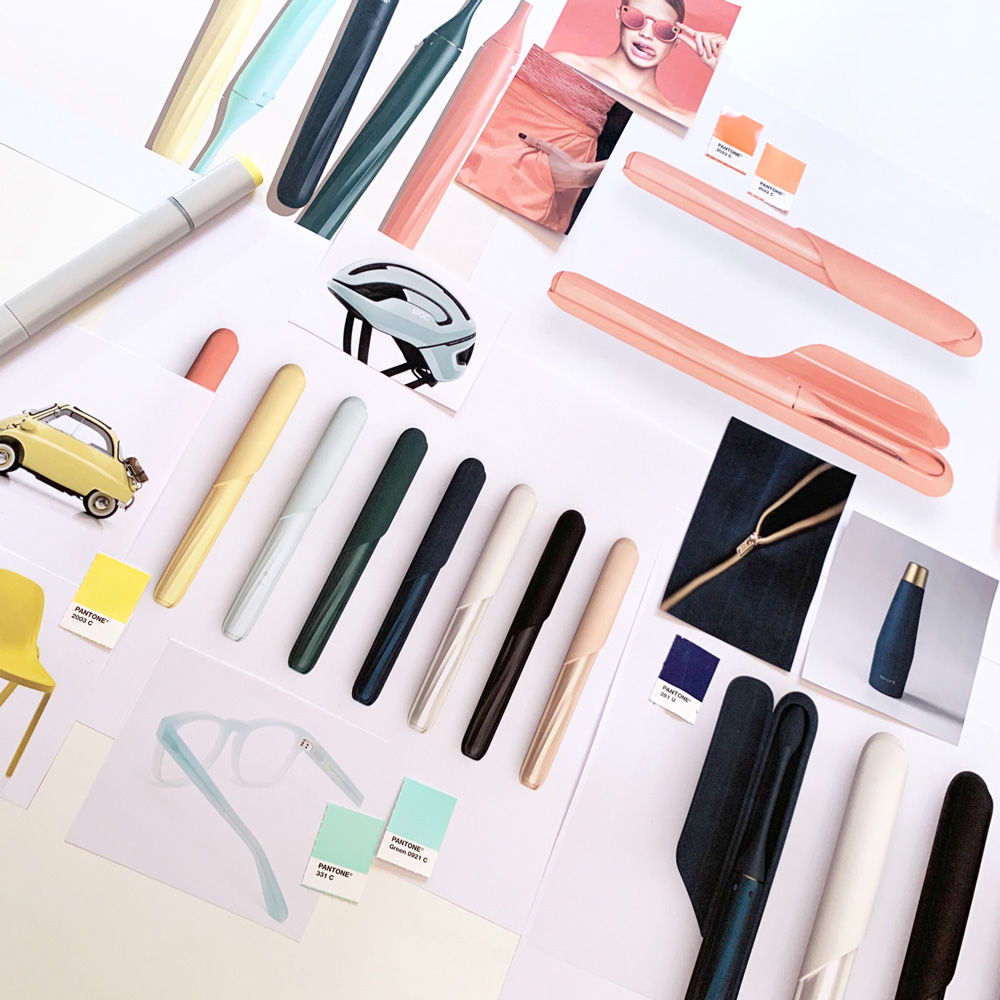
Ultimately, the right combination of colors, materials, and finishes is like alchemy and can be used to create a unique brand identity that stands out from the competition and highlights the brand's beliefs. CMF design directions help build trust by communicating how products should be used, conveying their quality, and creating excitement about what makes them stand out from the competition.
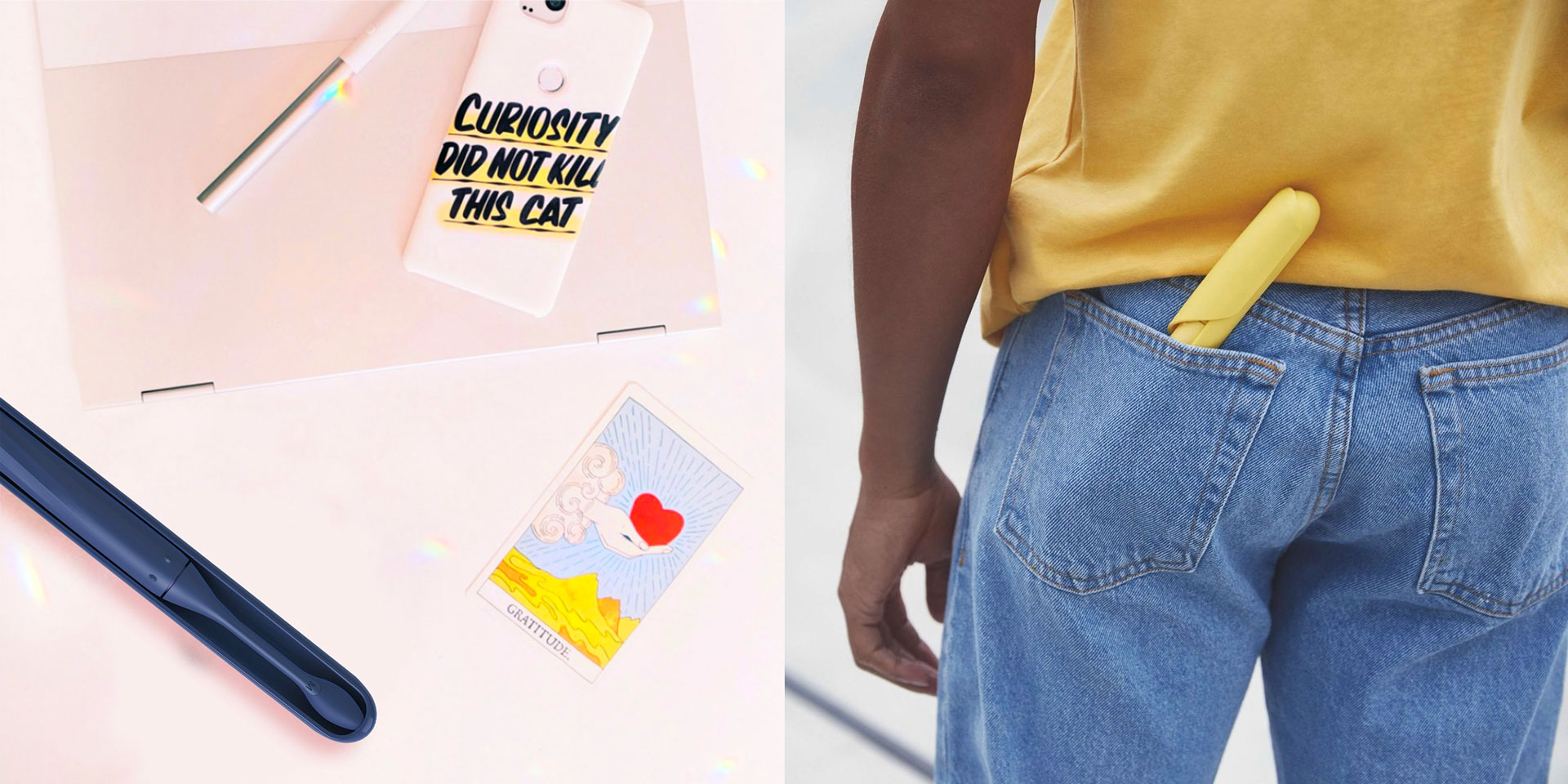
What is the impact of each color, material, or finish on the bottom line?
- Color: Color stirs our most visceral emotions. The CMF design direction strategy should consider the impact of colors on the product, customer experience, and brand. Color choice or combination has a different meaning and effect for different audiences depending on their culture or personal preferences. Therefore, before selecting a color it is crucial to understand how it will affect brand fit, market fit, and of course, design.
- Materials: Materials used in creating the product will also impact customer experience, so it is essential to consider how your customers will interact with the product's physical attributes and ensure they not only feel good but also reflect the quality of your brand. Additionally, consumers are becoming increasingly aware of how their purchasing decisions impact the environment. Consequently, material use, look, and feel have become the primary signifier of a brand's commitment to the environment and, as a result, can be a powerful driver for purchase intent.
- Finishes: Specifying the finish of a given material/surface may seem negligible, but it can significantly enhance tactility, haptics, zoning, and durability. Many finishes are available for different products and applications, such as paints, coatings, and laminates. As is the case for color and materials, choosing the best possible finish can elevate your product's functionality and perceived quality.

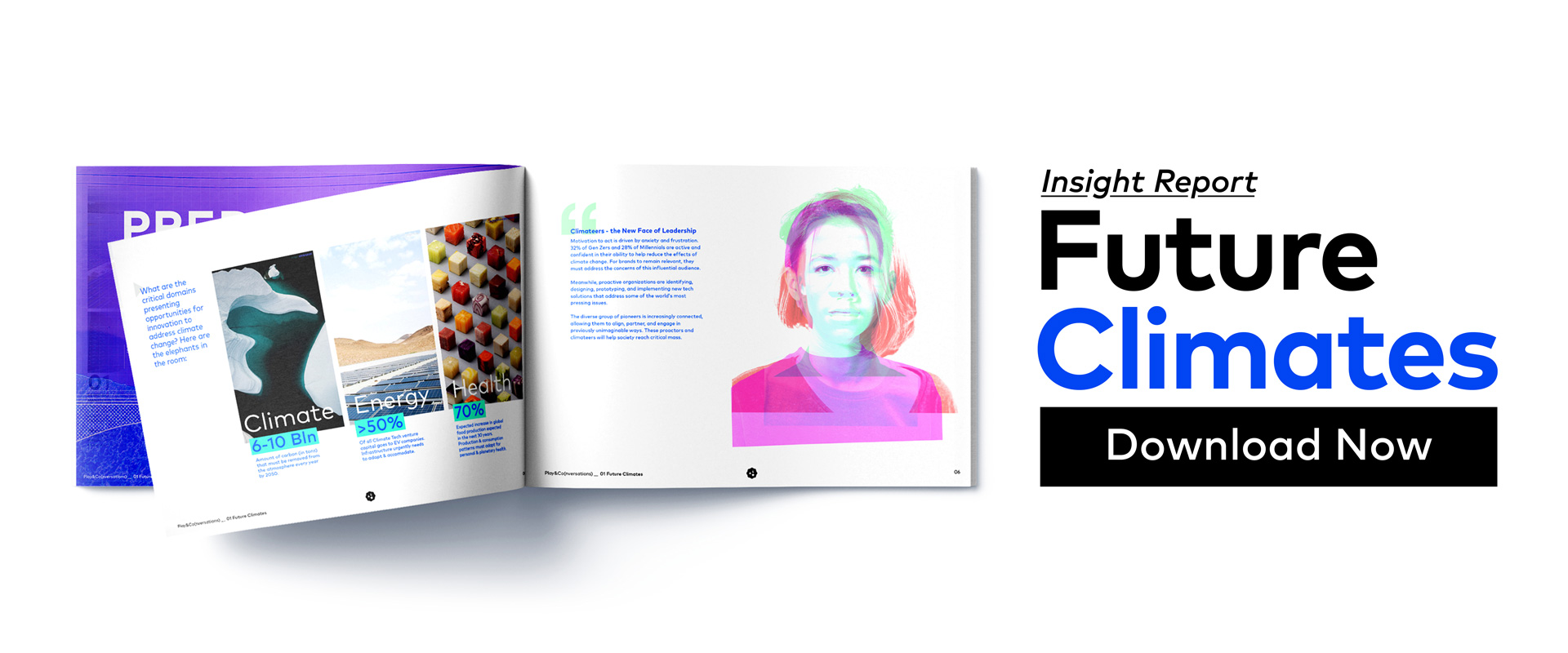
Case in Point: The Philips One Toothbrush
At Play&Co, we considered the longevity and marketability of the product appearance just as much as the engineering and industrial design when Philips asked us to design an affordable and attractive toothbrush.
Our team worked with their in-house design team to envision and design a low-cost powered toothbrush to appeal to consumers looking to upgrade their oral health routine from manual brushing. In addition to this more traditional design process, careful consideration was given to the CMF design to influence essential consumer habits, such as sharing health and beauty routines regularly on social media platforms like Instagram and TikTok. As a result, the company's marketing campaign gained a great deal of traction on these platforms, as well as widespread sharing on those platforms.
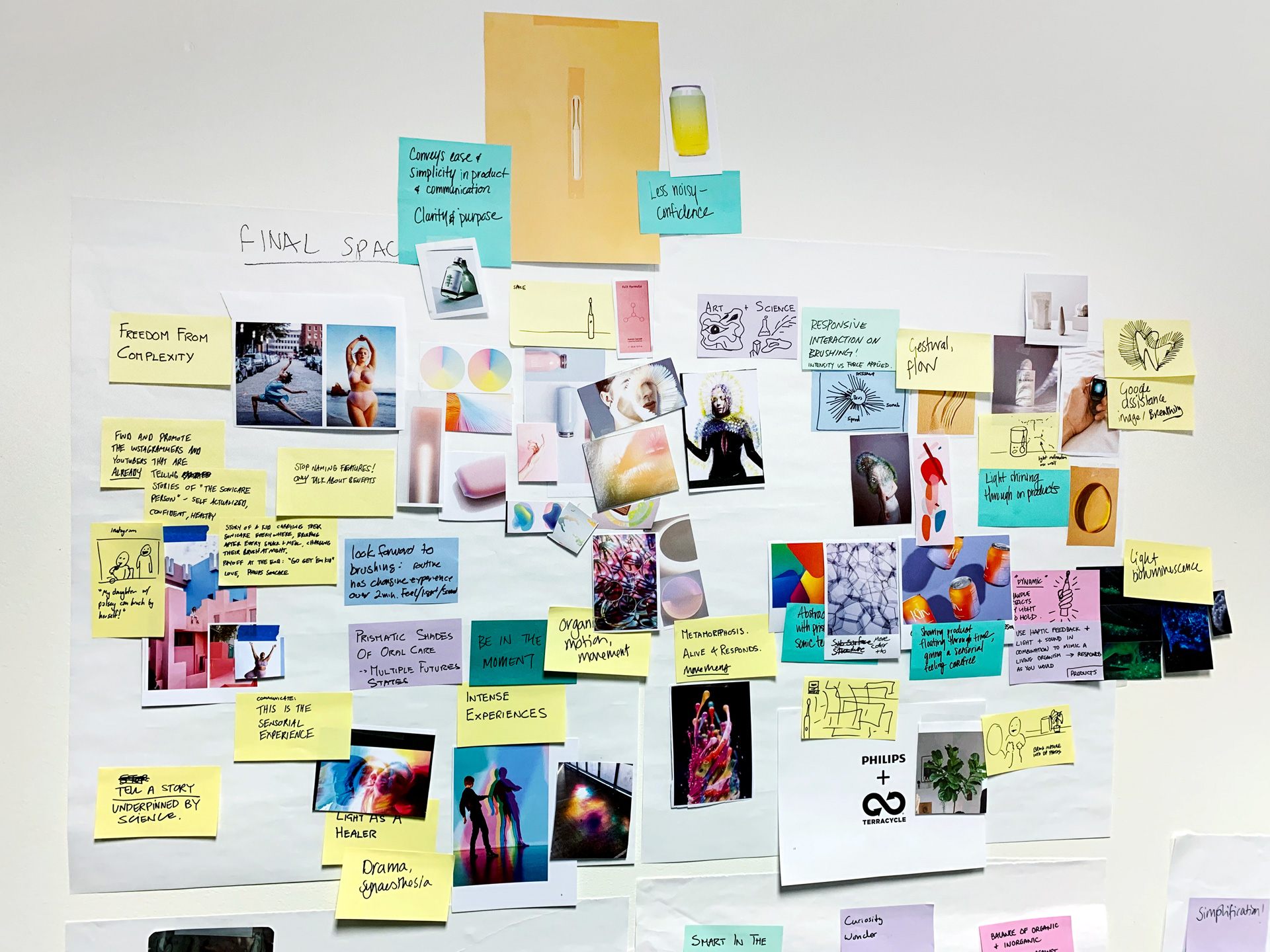

The synergy between colors, materials, finishes, and branding is ultimately a powerful marketing strategy if incorporated early in the design process. Creating a memorable brand isn't only about making something beautiful; with the right CMF design strategy a brand will be more unique, creating an emotional connection with customers before they even touch it.
But don't simply take our word for it; research shows seventy-five percent of snap judgments about consumer products are based on color alone!
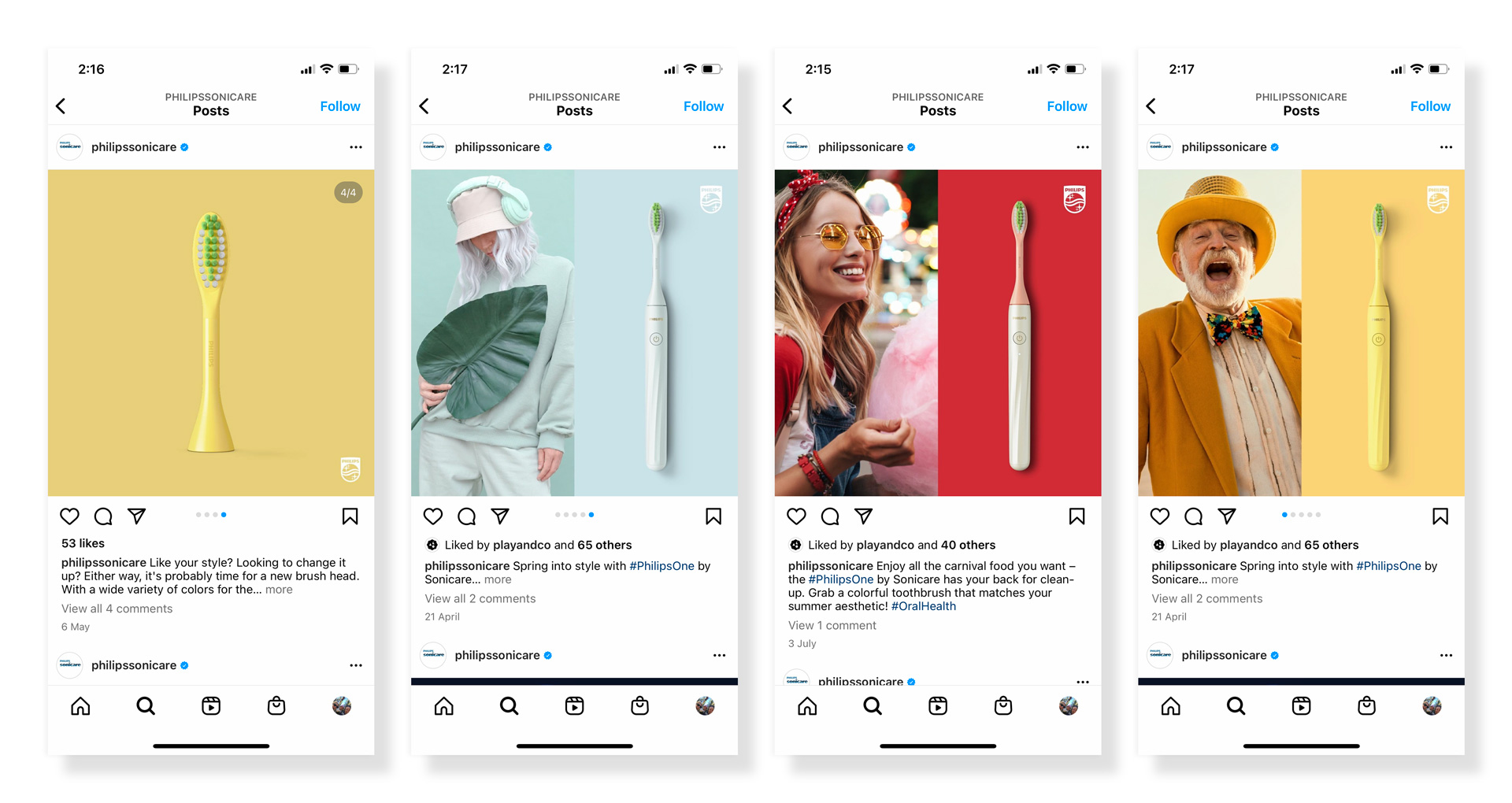
For a full look at the Philips One design process, head over to the project page.
